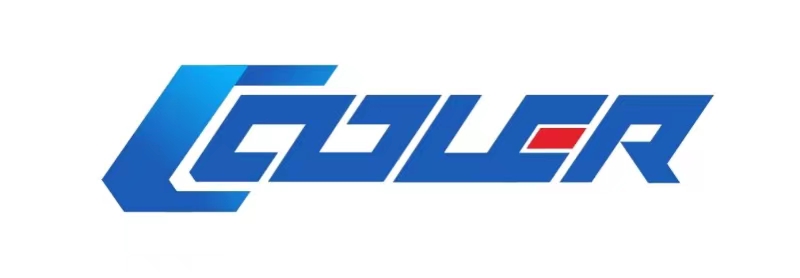The air cooler is an important component of the refrigeration system of the cold storage. When the air cooler works at a temperature below 0°C and below the dew point of the air, frost begins to form on the surface of the evaporator. As the operating time increases, the frost layer will become thicker and thicker. . A thicker frost layer will cause two main problems: one is that the heat transfer resistance increases, and the cold energy in the evaporator coil cannot effectively pass through the tube wall and the frost layer to the cold storage; the other problem: the thicker frost layer The layer forms a large wind resistance for the fan motor, resulting in a decrease in the air volume of the air cooler, which also reduces the heat transfer efficiency of the air cooler.
1. Insufficient air volume supply, including blockage of the air outlet and return air duct, blockage of the filter screen, blockage of the fin gap, non-rotating fan or reduced speed, etc., resulting in insufficient heat exchange, reduced evaporation pressure, and reduced evaporation temperature;
2. The problem of the heat exchanger itself, the heat exchanger is commonly used, the heat transfer performance is reduced, and the evaporation pressure is reduced;
3. The external temperature is too low, and civil refrigeration generally does not fall below 20°C. Refrigeration in a low-temperature environment will result in insufficient heat exchange and low evaporation pressure;
4. The expansion valve is damaged by the plug or the pulse motor system that controls the opening. In the long-term operation of the system, some sundries will block the expansion valve port so that it cannot work normally, reducing the flow of refrigerant, reducing the evaporation pressure, and controlling the opening. Abnormalities will also cause flow reduction and pressure reduction;
5. Secondary throttling, pipe bending or debris blockage inside the evaporator, resulting in secondary throttling, which reduces the pressure and temperature of the part after the second throttling;
6. The system is poorly matched. To be precise, the evaporator is small or the working condition of the compressor is too high. Temperature drop;
7. Lack of refrigerant, low evaporation pressure and low evaporation temperature;
8. The relative humidity in the storage is high, or the installation position of the evaporator is wrong or the cold storage door is frequently opened and closed;
9. The defrosting is not clean. Due to the insufficient defrosting time and the unreasonable position of the defrosting reset probe, the evaporator starts to run when the defrosting is not clean. The partial frost layer of the evaporator freezes after many cycles and Accumulation becomes larger.
Post time: Feb-01-2023




